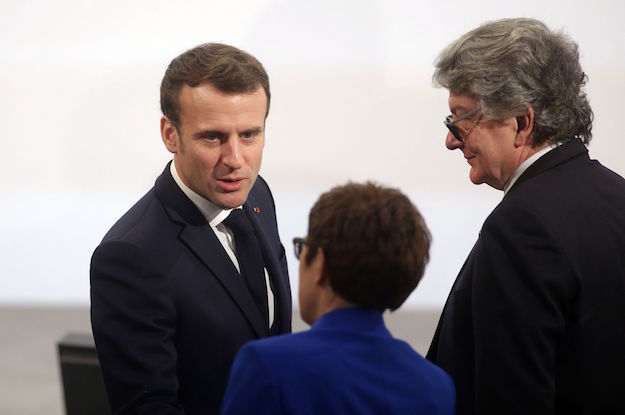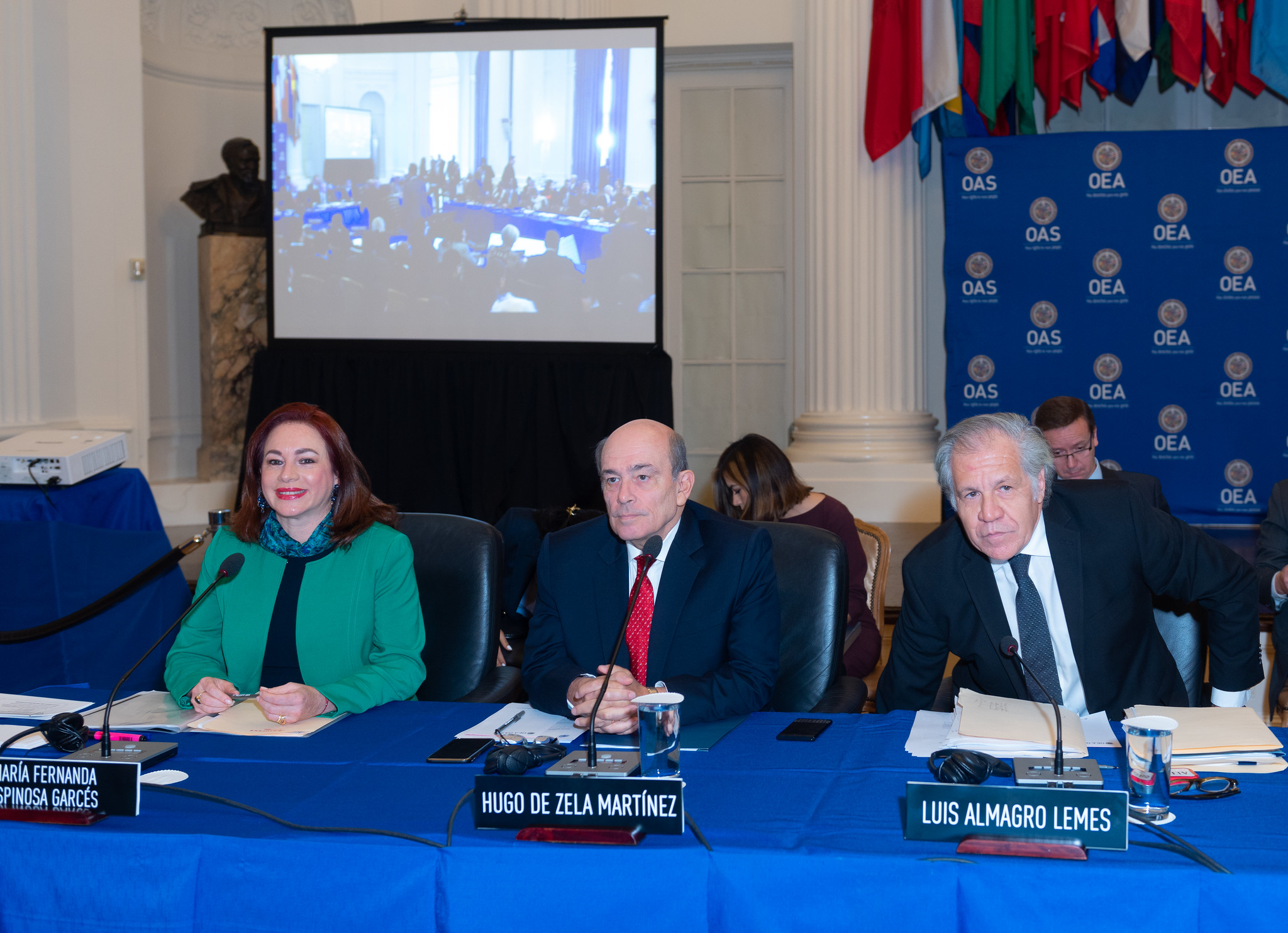The first time that a non-U.S. candidate was even considered to run the World Bank was in 2012. Nigeria’s then-Finance Minister Ngozi Okonjo-Iweala and Colombia’s José Antonio Ocampo, who held several ministerial posts in Colombia and was Undersecretary for Economic Affairs at the UN under Kofi Annan, were very much in the race for the top post at the multilateral institution.
“I ran to raise a point,” Ocampo told AQ. “Member nations should choose the best candidate for the job, and not just accept whoever is nominated by the U.S.”
Ocampo could try to push his point again. Jim Yong Kim, who was elected in 2012 as a U.S. nominee, resigned earlier this year, leaving the post vacant before the end of his term. Some speculate that Ocampo may now throw his hat in the ring.
Ocampo said he hasn’t yet made a decision, but that the U.S. grip on the post doesn’t make sense.
“The job should be available to any member country,” he said, suggesting that qualifications should be the only criteria when it comes to picking someone to lead the multilateral organization. “But it will be hard to break the tradition at the World Bank alone.”
Ocampo is referring to the unwritten arrangement that allows the U.S. to appoint the World Bank leader, while Europeans choose the head of the International Monetary Fund.
“It would be great to see an American heading the IMF,” Ocampo said. “You have to have competition to get the most qualified person. And the first condition for any candidate to lead the World Bank has to be a strong belief in multilaterals.”
Ocampo has yet to decide if he will enter the race to lead the bank, but he has ideas for the institution just the same. He believes the World Bank should focus on major international issues, especially climate change mitigation, while also increasing support for infrastructure, even to middle income countries.
“In the 1980s the World Bank changed its priorities away from infrastructure, and many countries are lagging behind,” he said.
In Latin America, Ocampo believes the World Bank should be instrumental in building a network of banks, including the Inter-American Development Bank and the Development Bank of Latin America (CAF), to collaborate including on projects that tackle climate change.
Ocampo is optimistic that the region will show improvement in terms of economic growth this year, but says it will still be below potential. He notes that even Peru, Colombia and Chile that have projected growth rates in the 3.5 to 4 percent range are below their portential, but said he believes the cycle of slow growth could be broken.
“We have to return to industrialization,” he told AQ, adding that increasing manufacturing output doesn’t have to come at the expense of the region’s advantage in natural resources.
Investment in research and development should be another priority for the region, he said. In East Asia, technology and science receive a lot more attention, to the tune of more than 2 percent of GDP, compared to less than 1 percent in Latin America. Ocampo said industrialization and technology investments and a third element, a focus on closer regional ties, could change the dynamics for Latin American economies.
—
Tornaghi is managing editor for AQ






